Ever stood on the wrong pitching mound and felt completely off your game? I have. That 6-inch height difference between youth and high school mounds might not sound like much until you’re trying to find your release point while your fastball sails high.
Let me walk you through everything you need to know about 4-inch, 6-inch, 8-inch, and 10-inch portable pitching mounds. Whether you're coaching a Little League team, running a high school program, or setting up your backyard training space, this guide will help you make the right call.
Why Mound Height Matters (More Than You Think)
Pitching mound height isn't just some random league requirement—it's about player development, safety, and performance. The progression from 6" to 10" follows a player's physical growth and pitching mechanics development.
I've watched countless young arms develop bad habits trying to pitch off regulation mounds too early. Trust me, the height progression exists for a reason.
The Mound Height Progression: Why It Makes Sense
Let's break down why the height progression from 4" to 10" is so critical for player development:
4" → 6" Transition: The initial step from flat ground to a slight elevation teaches basic balance and momentum toward the plate. Young pitchers learn fundamental mechanics without overthrowing. This gentle introduction prevents kids from developing the "dart throw" motion common on flat ground.
6" → 8" Transition: As players develop core strength and better balance, the increased height challenges them to maintain proper mechanics while adding some downward plane. This middle ground is perfect for refining breaking pitches without overtaxing growing arms.
8" → 10" Transition: The final step to regulation height demands greater leg drive and core strength. Pitchers at this level should have the physical development needed to maintain proper mechanics from the higher elevation.
I've seen countless arm injuries in 13-14 year olds who skipped straight from 6" mounds to 10" without the proper progression. Trust the process—your pitchers' arms will thank you.## 4-Inch Mounds: The Perfect Start for Beginners
Perfect for: Ages 5-8, T-ball, Coach Pitch leagues, First-time pitchers
The 4-inch pitching mound provides the gentlest introduction to elevated pitching. At this height, young players can focus on basic throwing mechanics without the intimidation factor of a taller mound.
My Take on 4-Inch Mounds
Last spring, I volunteered with a local 6U coach-pitch program that was struggling with their transition to kid pitching. The league had been using flat ground, and their young pitchers were developing terrible arm angles. We brought in a lightweight 4" ProMounds portable mound, and the difference was immediate—the slight elevation naturally encouraged better posture and arm positions.
The best part? Several parents reported their kids suddenly wanting to practice pitching at home. That small confidence boost from proper mechanics and 4 inch pitching mound made all the difference.
Top Options for 4-Inch Mounds:
-
Best Budget Option: PortoLite 4" Youth Economy Portable Pitching Mound ($499) — Affordable entry point for beginning programs with all the essential features.
-
Best All-Around: PortoLite 4" Youth Portable Baseball Pitching Mound ($799) — Great balance of durability and portability with consistent user reviews.
-
Best for Durability: Pitch Pro 4" Youth Portable Pitching Mound ($599) — Solid construction at a mid-range price point that stands up to regular use.
-
Best Premium Option: True Pitch 4" 202-4 Portable Pitching Mound ($1,399) — Professional-grade construction with superior turf that lasts season after season.
Pro tip: For the youngest age groups, look for mounds with extra width at the base. First-time pitchers often struggle with balance, and that wider platform gives them confidence while they figure out their mechanics.# Ready to Step Up Your Game? The Ultimate Guide to Pitching Mound Heights
Ever stood on the wrong pitching mound and felt completely off your game? I have. That 6-inch height difference between youth and high school mounds might not sound like much—until you're the one trying to find your release point while your fastball sails high.
Let me walk you through everything you need to know about 4-inch, 6-inch, 8-inch, and 10-inch portable pitching mounds. Whether you're coaching a T-ball team, running a high school program, or setting up your backyard training space, this guide will help you make the right call.
Why Mound Height Matters (More Than You Think)
Pitching mound height isn't just some random league requirement—it's about player development, safety, and performance. The progression from 4" to 10" follows a player's physical growth and pitching mechanics development.
I've watched countless young arms develop bad habits trying to pitch off regulation mounds too early. Trust me, the height progression exists for a reason.
6-Inch Mounds: The Youth League Standard
Perfect for: Ages 7-12, Little League, Cal Ripken, Babe Ruth leagues
The 6-inch portable pitching mound is where most young players cut their teeth in competitive baseball. At this height, kids can focus on developing proper mechanics without overextending their growing bodies.
My Take on 6-Inch Mounds
I coached a 10U travel team that practiced exclusively on flat ground for two seasons. When we finally invested in a ProMounds 6" portable youth mound, our pitchers' control improved dramatically within weeks. The slight elevation helped them naturally develop downward plane on their fastballs—something nearly impossible to teach on flat ground.
Top Options for 6-Inch Mounds:
-
Best Budget Option: ProMounds 5070 Portable Youth Pitching Mound ($1,099) — Lightweight design makes it perfect for teams that share fields.
-
Best Premium Option: True Pitch 202-6 Little League Approved Mound ($4,499) — League-approved dimensions with a heavy-duty turf that can withstand daily use.
-
Best Indoor Option: ProMounds 6" Indoor Practice Mound ($949) — Non-marking for gym floors with a foam-backed base that won't damage indoor surfaces.
Pro tip: For youth teams, I always recommend models with turf step-off areas rather than all-clay surfaces. Young pitchers tend to drag their back foot, and the turf holds up much better over a season.
8-Inch Mounds: The Transition Sweet Spot
Perfect for: Ages 11-16, Junior High/Middle School, Pony League
The 8-inch pitching mound serves as the ideal middle ground between youth and high school heights. It's the "Goldilocks zone" for developing pitchers who are outgrowing youth leagues but aren't quite ready for regulation height.
My Take on 8-Inch Mounds
Last summer, I worked with a 13U pitcher who was struggling with his mechanics. His travel team used regulation 10" mounds, but his arm strength hadn't caught up to his growth spurt. We stepped him back to an 8" PortoLite two-piece mound for bullpen sessions, and the difference was night and day. His control returned, velocity increased, and (most importantly) his confidence came roaring back.
(And yeah, those PortoLite mounds feel buttery smooth on your landing foot.)
Top Options for 8-Inch Mounds:
-
Best Overall: PortoLite 8" Two-Piece Portable Pitching Mound ($4,199) — The split-lock assembly makes it manageable for one coach to move.
-
Best for Durability: Pitch Pro 898 Portable Game Mound ($4,599) — Weather-resistant turf with anchor points and a protective cover included.
-
Best League-Approved: True Pitch 202-8 Little League Approved Mound ($4,899) — Certified for official play with integrated carry handles.
10-Inch Mounds: The Regulation Standard
Perfect for: Ages 16+, High School, College, Professional
The 10-inch pitching mound height is the official regulation for high school, college, and professional baseball. This height creates the optimal downward angle for pitching while maintaining the balance between offense and defense.
My Take on 10-Inch Mounds
I grabbed a PortoLite 10" practice mound on a whim—didn't expect it'd become my MVP coaching tool. We set it up alongside our batting cages, and suddenly our pitchers were getting quality bullpen work while hitters rotated through BP. The clay landing area has held up for three seasons now, which puts the cost at about $733 per year—way better than the $2,000 we were spending annually on dirt mound repairs.
In case you need a repair kit, read our guide on finding the best turf pitching mound repair kits.
Top Options for 10-Inch Mounds:
-
Best for Schools: True Pitch 600-G Portable Pitching Mound ($6,999) — League-approved dimensions with high-density turf that can handle multiple teams.
-
Best for Indoor Training: ProMounds 10" Pro Portable Indoor Mound ($2,099) — Non-marking base with clay or green turf options for gym use.
-
Best Premium Option: The Adult Mound™ 10" Full Size Portable Mound ($18,398) — Full-regulation design with 6-piece construction for maximum portability despite its professional-grade build.
Game Mounds vs. Practice Mounds: What's the Difference?
Don't make the rookie mistake of buying a practice mound for game use. Here's what separates them:
Game Mounds:
- Heavier construction (usually 150+ lbs)
- Clay or synthetic clay landing areas
- Regulation dimensions from rubber to home
- Weather-resistant materials
- Often include anchor points
Practice Mounds:
- Lighter weight (typically under 150 lbs)
- All-turf surfaces
- May have slightly smaller footprints
- Often feature two-piece designs for storage
- Foam-backed bases for indoor use
My college team learned this lesson the hard way after purchasing "practice" mounds for our bullpen. After just one rainy season, the foam bases were waterlogged and unusable. We ended up spending twice as much replacing them with proper game mounds the following year.
Also read our guide on the best turf portable pitching mounds.
Indoor vs. Outdoor Mounds: The Key Differences
If you're planning to use your mound indoors, pay close attention to these specs:
Indoor Mound Must-Haves:
- Non-marking base materials
- Foam-backed construction
- Lightweight design
- Tapered edges to prevent tripping
A good indoor mound like the ProMounds 10" Pro Portable will save your gym floor and your relationship with the school custodian. I've seen the aftermath of coaches using outdoor mounds inside—black scuff marks that required complete refinishing of the gym floor. Not worth the $5,000 repair bill!
Making the Final Call: Which Height Is Right for You?
Here's my straightforward advice based on age and skill level:
-
Ages 5-8: Start with a 4" mound to introduce proper mechanics with minimal stress on developing arms.
-
Ages 7-12: Progress to a 6" mound. Focus on mechanics and control before adding more height.
-
Ages 12-14: An 8" mound provides the perfect transition as arm strength develops.
-
Ages 14+: Move to regulation 10" mounds once players have mastered mechanics and developed sufficient arm strength.
For multi-age programs, I recommend investing in an 8" mound that can work for both younger and older players in a pinch. It's the most versatile height if you can only afford one. However, if you're working with very young beginners, consider a 4" model to build confidence from day one.
Portable Mound Maintenance: The $200 Lesson I Learned the Hard Way
Quick tip that saved my program thousands: Apply waterproof sealant to the underside of any outdoor mound before first use. I watched a $4,000 mound warp after one season because moisture seeped in through the bottom.
For about $200 in materials and two hours of work, you can add 3-5 years to your mound's lifespan. That's the kind of ROI that makes athletic directors very happy.
The Bottom Line: Invest in the Right Height, Save in the Long Run
Choosing between 6", 8", and 10" pitching mounds comes down to player age, development goals, and budget. But regardless of which height you need, investing in quality pays dividends.
Our program switched from replacing $1,000 mounds every season to maintaining two $4,000 mounds over five years. Do the math—that's a savings of $9,000 while providing better training surfaces for our pitchers.
Ready to step up your pitching program? Grab the right mound today and watch your pitchers develop the mechanics, confidence, and control that translate to game-day success.
Have questions about which mound is right for your specific situation? Drop a comment below or DM us on Instagram @BaseballGearPros for personalized recommendations!
Author's Note: Always consult your league's official rules for mound height requirements before purchasing. While this guide provides general recommendations, specific leagues may have unique specifications.

 Contact Us
Contact Us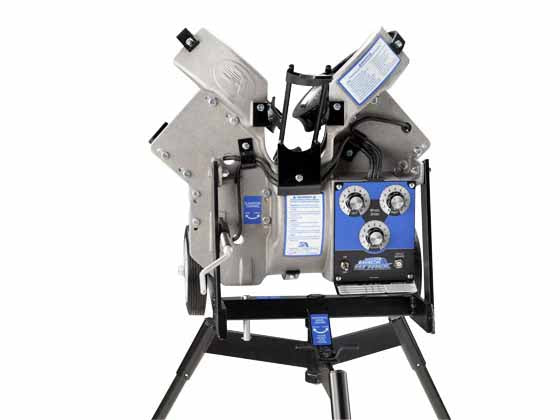
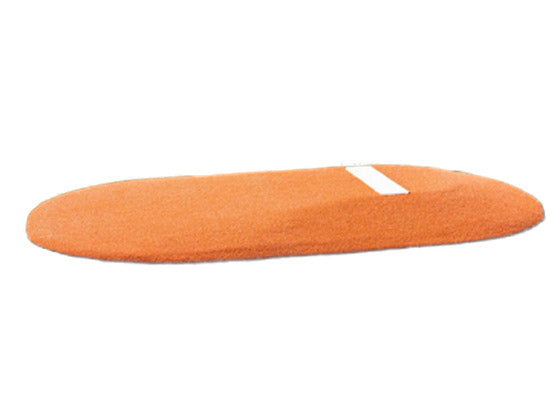

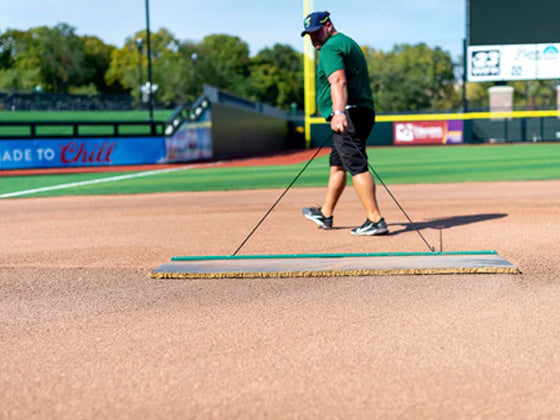
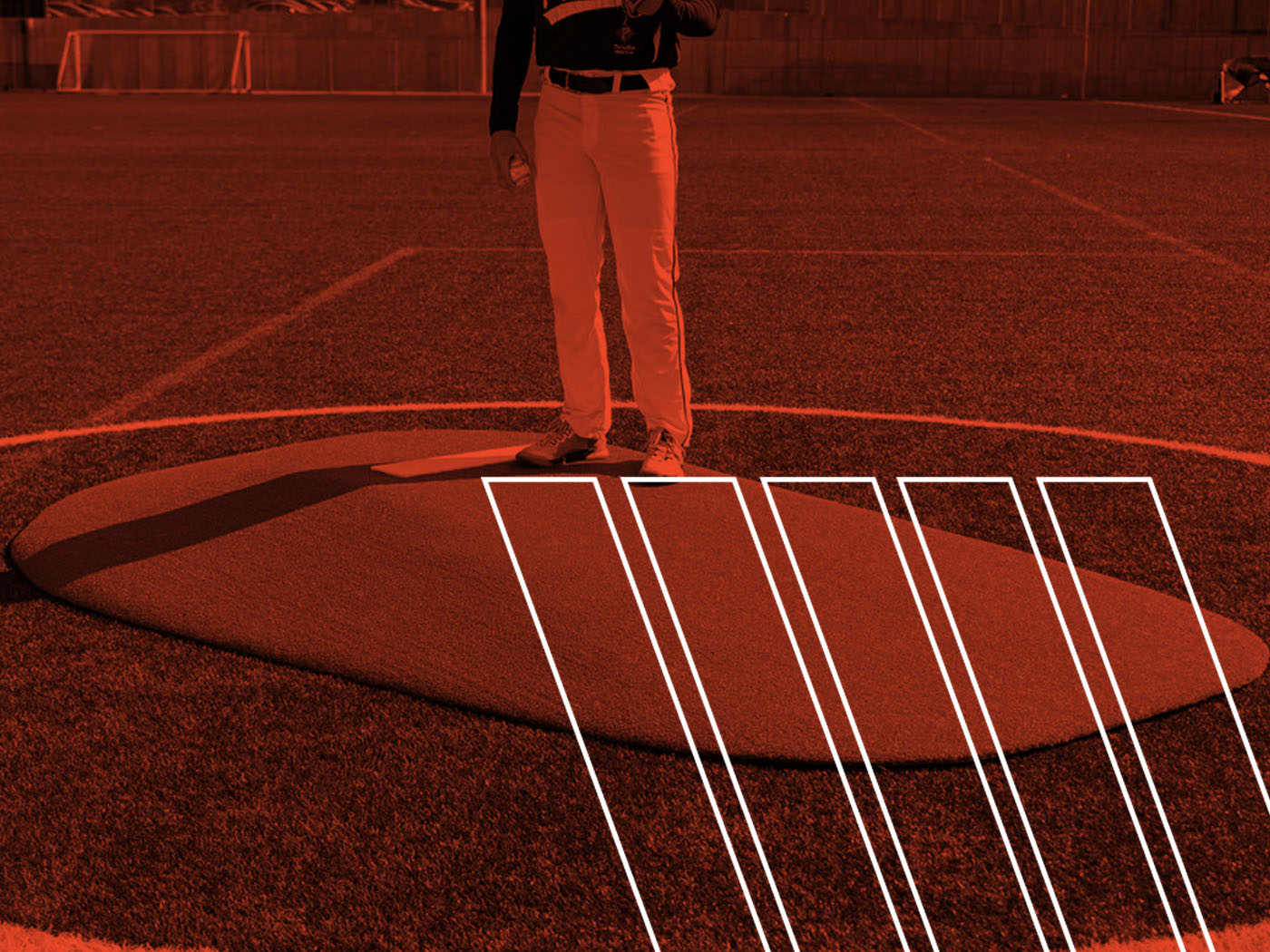
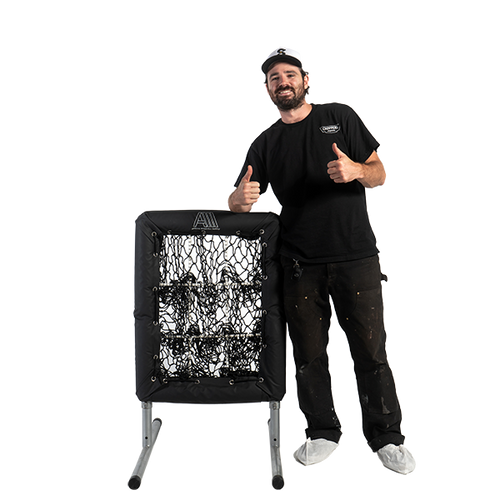
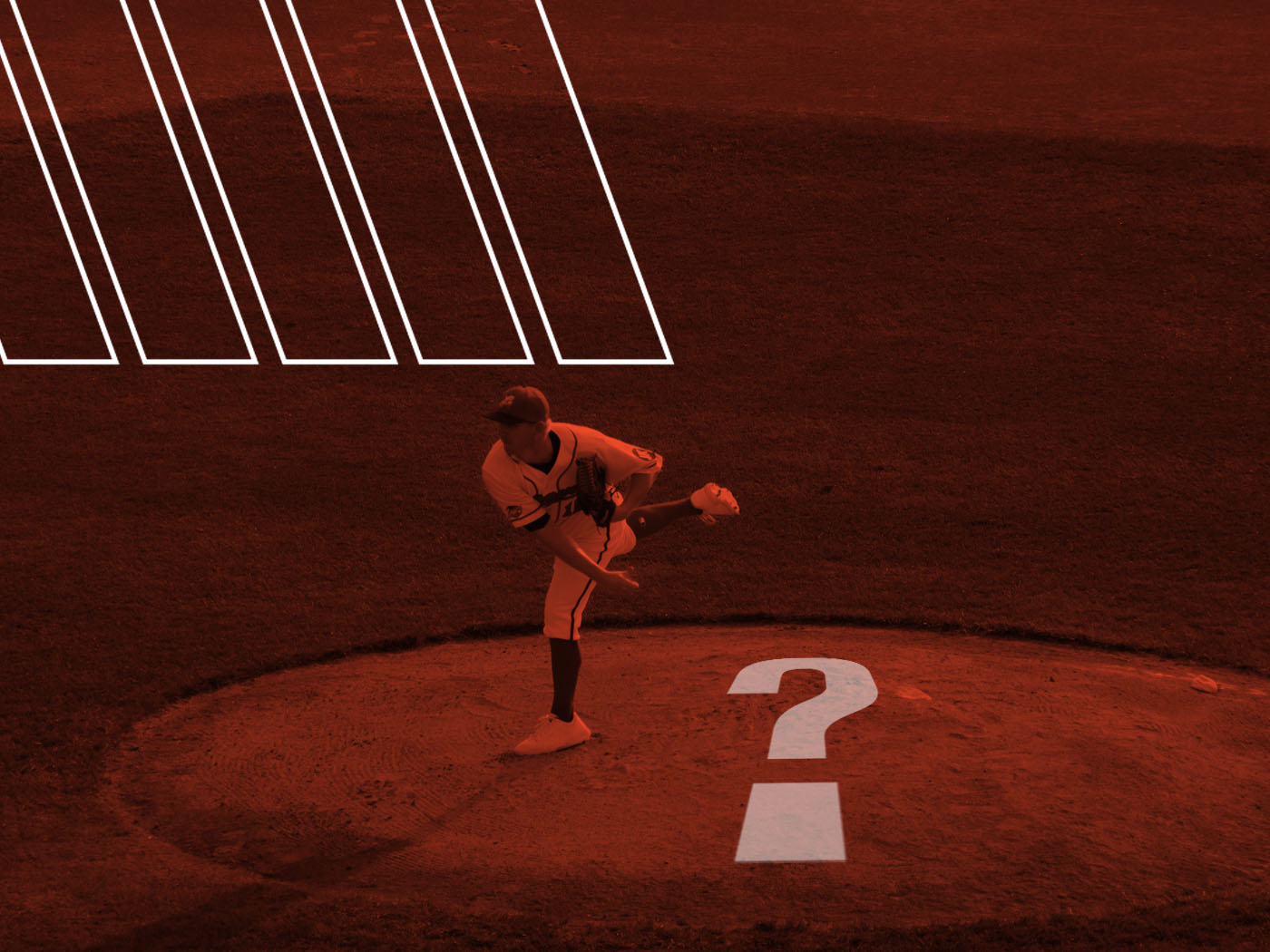
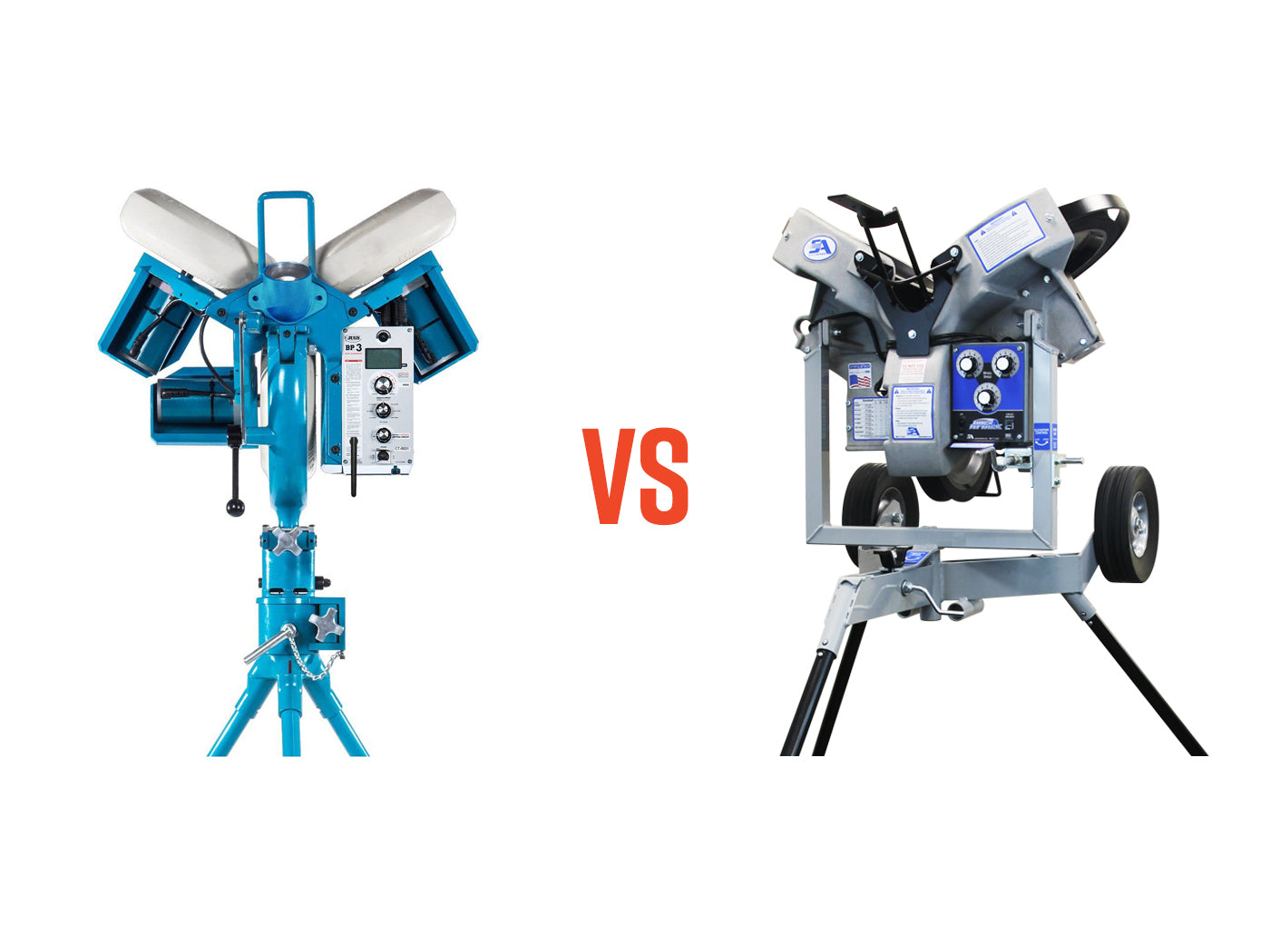
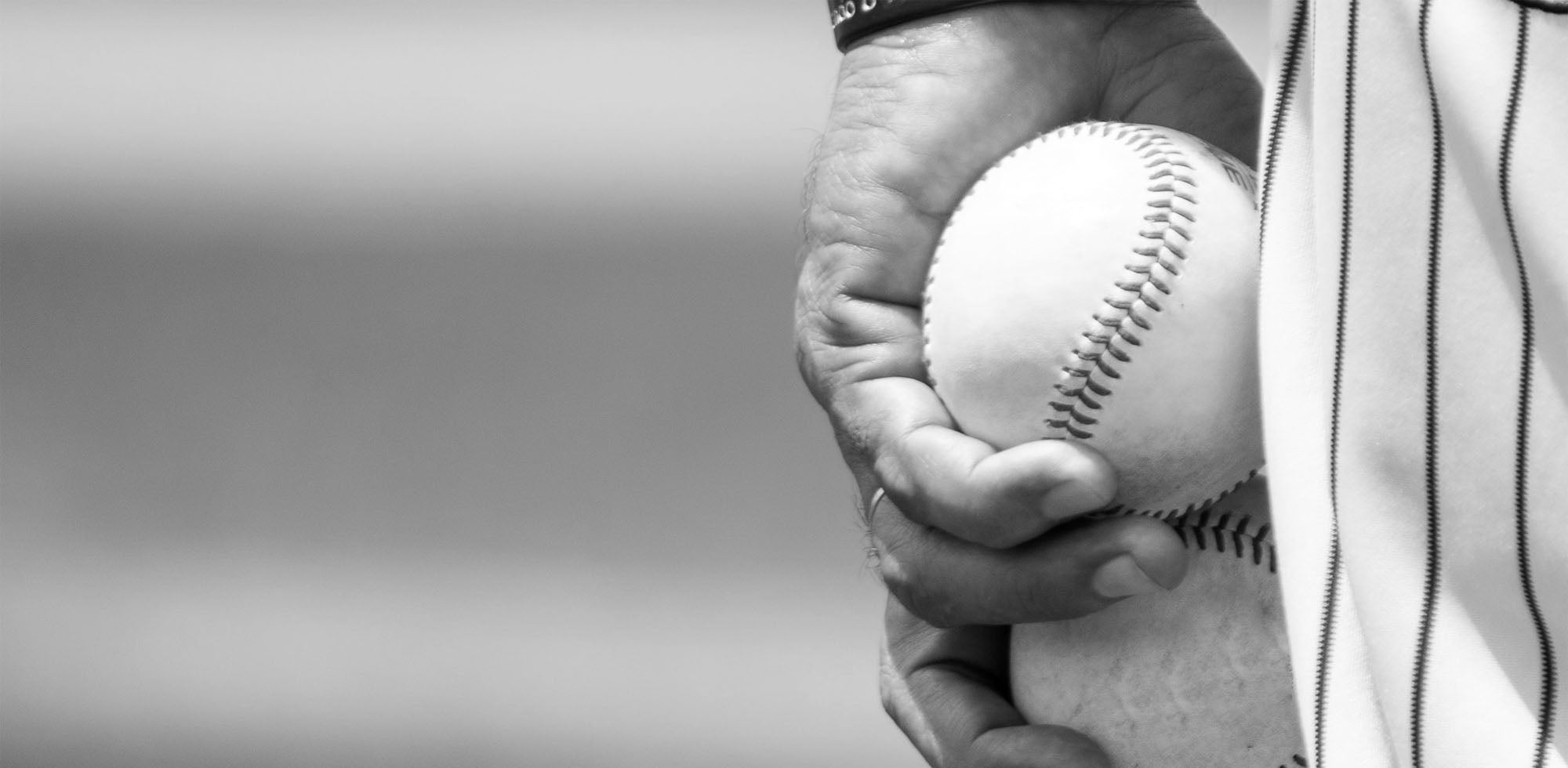
1 comment
Andrew Werder
I’m looking for two adult sized pitchers game mounds at 6" or 7" height for two new multi-purpose fields Mandan North Dakota. Ideally, with brown turf. The mound area is 3" above home plate but it could be raised to be 4" above home plate. We are not having any luck finding anything that will work for these fields. Can you custom build something that would work for this project?
I’m looking for two adult sized pitchers game mounds at 6" or 7" height for two new multi-purpose fields Mandan North Dakota. Ideally, with brown turf. The mound area is 3" above home plate but it could be raised to be 4" above home plate. We are not having any luck finding anything that will work for these fields. Can you custom build something that would work for this project?